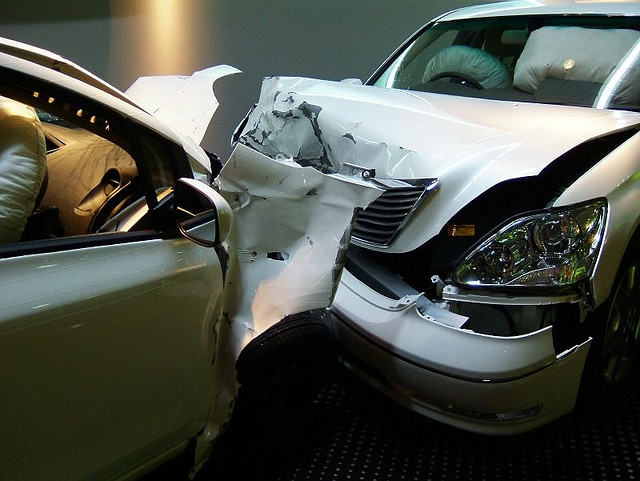Telematics is seen as a maturing technology, but there is still an untapped area: It can make processing claims much more efficient.
As I researched recent developments in the telematics space, I thought of the wise words of an unknown car driver: “The worst fault of a car driver is his belief that he has none.” Whenever I speak to a group on telematics, I ask the audience, “Who considers themselves to be a better than average driver?” Every time, at least 80-90% of the hands go up.
Even if we are all close to perfect drivers, accidents will still happen. And telematics data can be used to help identify who is at fault.
Claims handling might be the new frontier for telematics, in general; beyond the early adopters of telematics-based pricing, many insurers have run pilots and proofs of concept with telematics in areas such as product development, underwriting, new business and market segmentation. They have gathered insights and developed telematics-based solutions for the broader market, often with the support of increasingly sophisticated telematics solution providers in technology or data and analytics. In fact, the SMA 2015 report, "The Changing Auto Insurance Landscape: Influencers Driving Disruption and Change," revealed that, since its introduction to the market in 2010, telematics has come to be recognized as a maturing rather than emerging technology and often gets incorporated into connected car initiatives. The study also discussed how the industry is starting to investigate even newer technologies that might affect the auto insurance market, such as shared transportation and the autonomous vehicle.
However, it would be a mistake to move on to newer technologies and initiatives without further considering investments in telematics, especially when the full business value of telematics offerings may not have been reached yet.
Right now, particularly in personal lines, telematics is used primarily for market segmentation, product and underwriting purposes. There is a growing appreciation, though, of the value of telematics in claims handling beyond accident avoidance and driver education. For example, at a recent LexisNexis/Wunelli insurance event, it was demonstrated that telematics can play a key role in claims investigations by helping to determine which party is at fault – not always a clear-cut matter. In the specific accident discussed, two cars hit each other in the parking lot of a supermarket. The physical damage did not give a clear picture of who was at fault, and the drivers disagreed in their statements about what actually happened. One of the cars involved, however, was equipped with a telematics device. At the request of the driver of this car, the insurance carrier was able to analyze the data on the location and speed of her car immediately preceding this accident. This analysis made it abundantly clear that the driver of the telematics-equipped car could not have been at fault, which provided the insurer with proof to settle the claim accordingly.
I found it even more shocking that it was the insured driver who actually had to point out to her insurer that telematics data was available and that access to that data could be of great help in handling this claim. It was obviously not standard procedure for this specific carrier to look at telematics data in the claims handling process – and in this case, without the driver’s suggestion, the opportunity would have been missed.
Unfortunately, I don’t believe that this carrier is unique. I would urge personal lines carriers, in particular, to consider the uses and applicability of telematics data outside of the market segmentation, product and underwriting functions. We can all learn from examples like this one, as well as from the commercial lines telematics applications for risk management and claims handling.
Because we all know that, even though we drive better than the average driver, accidents still do happen.


